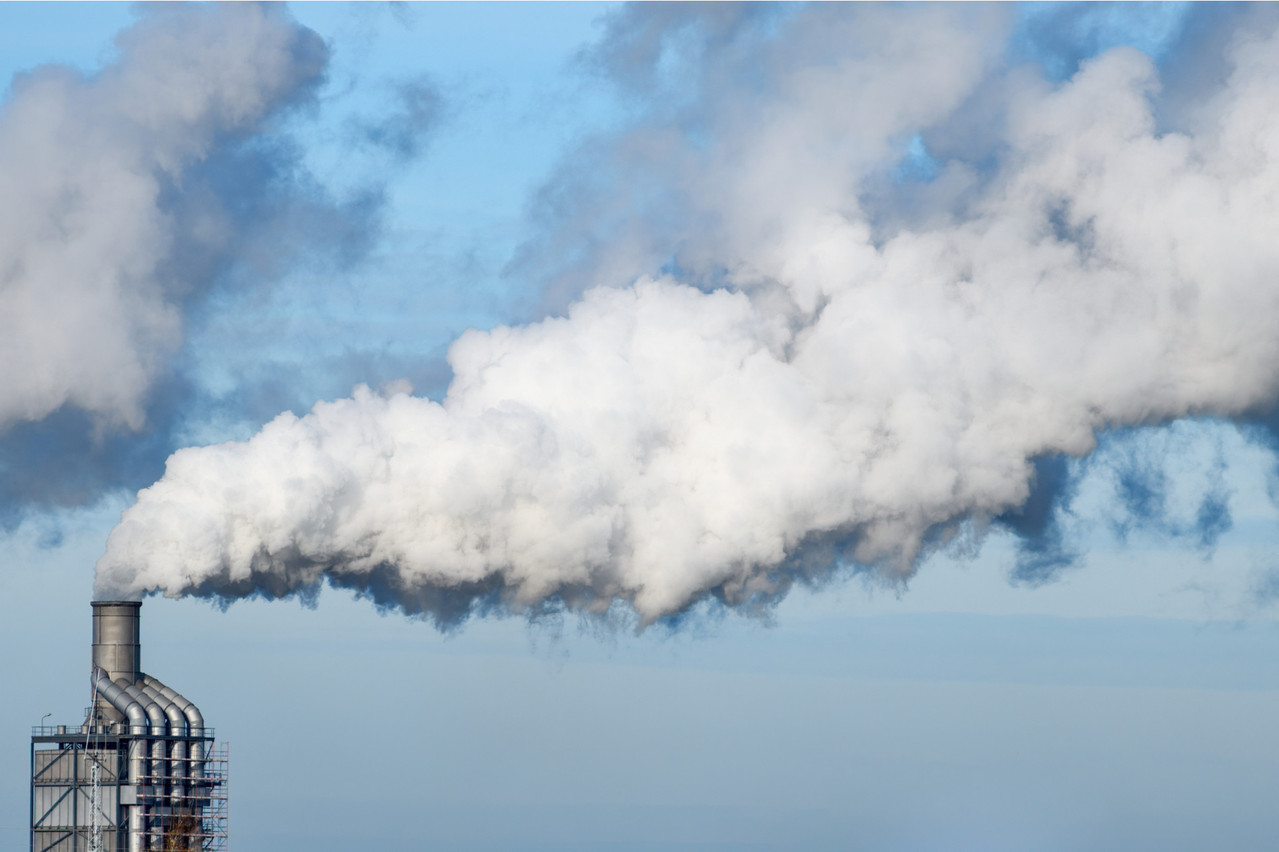The long-awaited grand-ducal regulation setting greenhouse gas (GHG) reduction targets by economic sector—a requirement stemming from the climate law—was finally passed on 16 July, seven months after the adoption of the climate law.
In order to achieve a 55% reduction in GHG emissions by 2030, and taking into account different sources of impact on the climate, five sectors were defined in the law last year: industry; transport; construction; agriculture; and waste and wastewater treatment.
No individual emission reduction targets were assigned to them, however, despite the requirement in the law to make annual progress assessments. Compliance was thus impossible, .
The targets are here
The targets have now been set, according to the “reduction potential” of each sector. The one with the smallest goal is agriculture, where emissions are to be reduced only by 20% by 2030 (in comparison with 2005 levels). The environment ministry has stated that there was no favouritism involved in setting the goals: agriculture simply has the least wiggle room because methane emissions from livestock—and more than 76% of Luxembourg’s agricultural production comes from livestock farming, making it the country with the fourth highest livestock density in Europe—are difficult to reduce.
Moreover, hitting even this reduction goal will require serious effort from the sector: since 1990, agricultural GHG emissions have held steady, even rising by 7% between 2013 and 2018.
The waste and wastewater treatment sector also has a relatively “lenient” goal of a 40% reduction in GHG emissions by 2030 compared to 2005. Industry must achieve a 45% reduction.
Since the overall challenge is a 55% reduction, the last two sectors need to make up the difference: transport is to achieve a 57% decrease and construction 64%.
“Regular and continuous” reductions
With 2005 as the reference year, the battle over the next nine years is more or less an uphill one. Overall, given the scant progress made so far, if you take 2019 as the reference year then the goal actually remains largely the same: an emissions reduction by 2030 of 51%.
Agriculture, waste and industry will have to step up their efforts to meet their targets. The building sector must keep up its momentum, while transport is even ahead of its target.
The reductions achieved will have to be “regular and continuous”, according to the law. An allocation of GHG emissions is thus foreseen for each year, with a steady decrease until 2030: from 9.2 million tonnes of co2 equivalent in 2019, to 4.6 million in 2030.
Flexibility between sectors
Flexibility between sectors is allowed: a sector that has not reached its targets will be able to offset its excess emissions if another sector’s emissions exceeded their target reduction. Although Meco has expressed concerns about this, the environment ministry says that it’s justified: predicting the evolution of emissions in the various sectors is a difficult and imprecise task, so such compensation is therefore legitimate.
The absence of sanctions or countermeasures in the event of non-compliance with the objectives also worries Meco. If an objective isn’t met, the only body able to dole out sanctions is the EU Court of Justice. However, such sanctions will not be possible before 2030.
Between now and then, a review (provisional in July and final in March) will be carried out each year. The first review, concerning the year 2021, will therefore take place in July 2022.
This article in Paperjam. It has been translated and edited for Delano.
